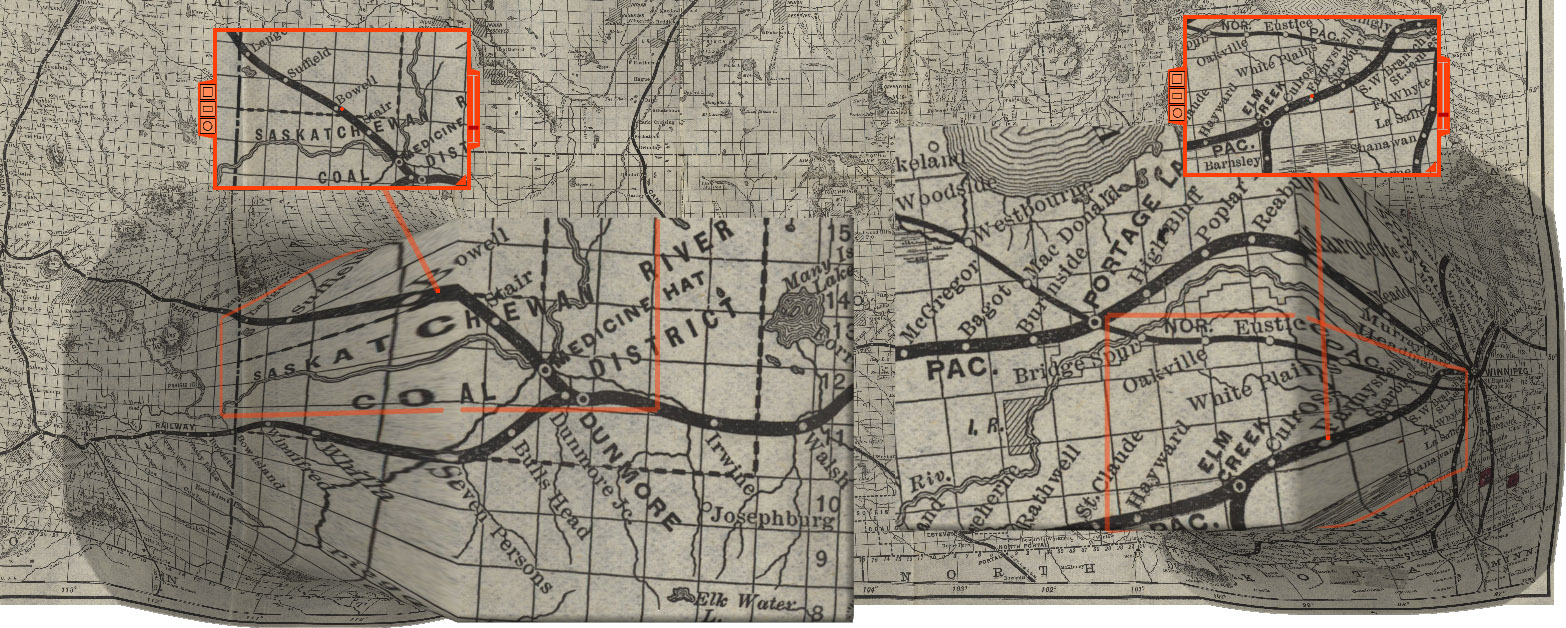The Undistort Lens
John Brosz
Sheelagh Carpendale
Miguel Nacenta
Overview
Detail-in-context lens techniques can be useful for exploring visualizations of data spaces that are too large or have too much detail to fit in regular displays. For example, by bending the space in the right way we can bring together details from two separate areas for easy comparison while roughly keeping the context that situates each area within the global space. While these techniques can be powerful tools, they also introduce distortions that need to be understood, and often the tools have to be disabled in order to have access to the undistorted data.
We introduce the undistort lens, a complement to existing distortion-based techniques that provides a local and separate presentation of the original geometry without affecting any distortion-based lenses currently used in the presentation. The undistort lens is designed to allow interactive access to the underlying undistorted data within the context of the distorted space, and to enable a better understanding of the distortions. The paper describes the implementation of a generic back-mapping mechanism that enables the implementation of undistort lenses for arbitrary distortion based techniques, including those presented in the lens literature. We also provide a series of use-case scenarios that demonstrate the situations in which the technique can complement existing lenses.
Images
Publication
| John Brosz, Sheelagh Carpendale and Miguel Nacenta. The Undistort Lens. Computer Graphics Forum, 30(3):881-890, June, 2011. | | |




